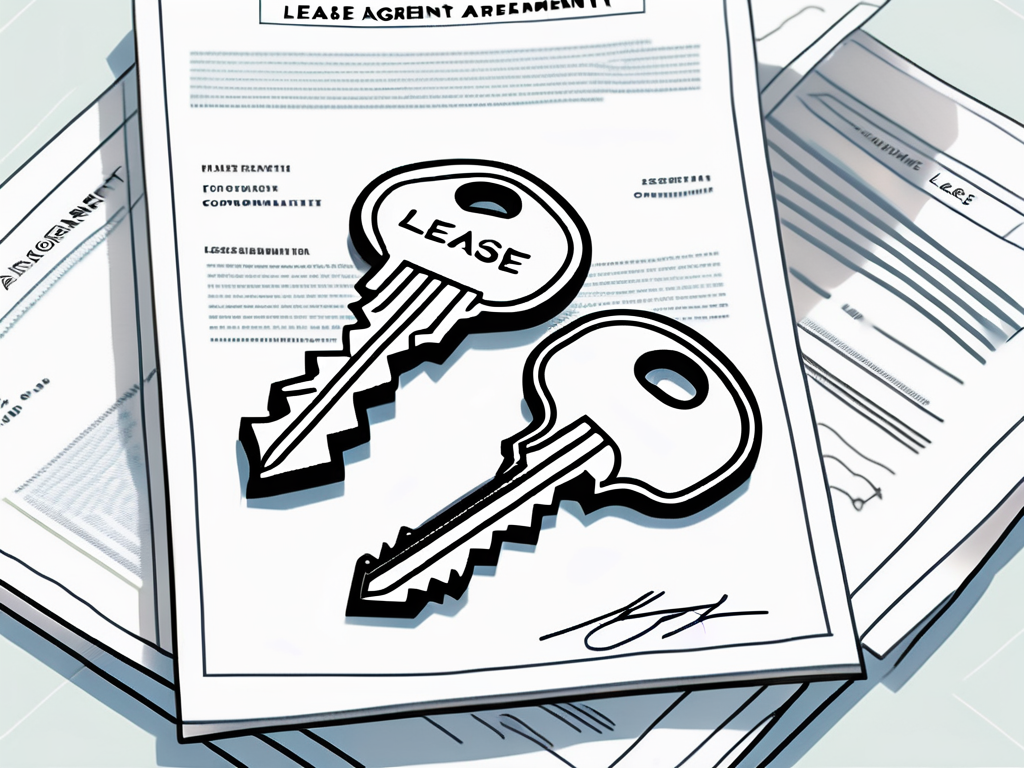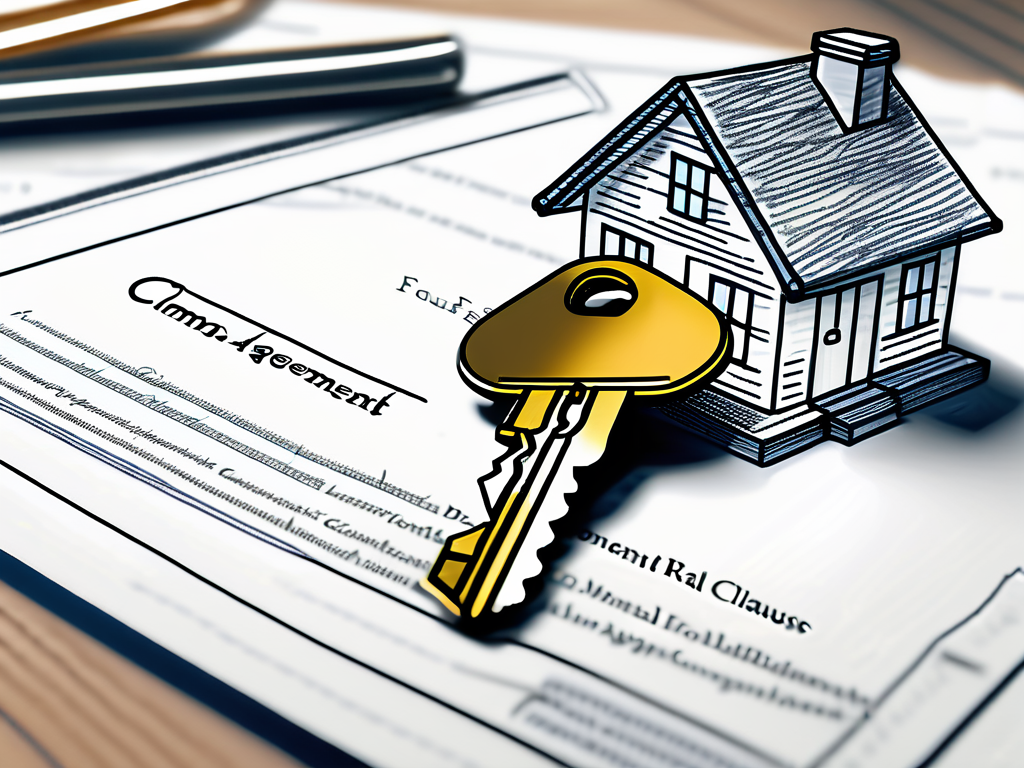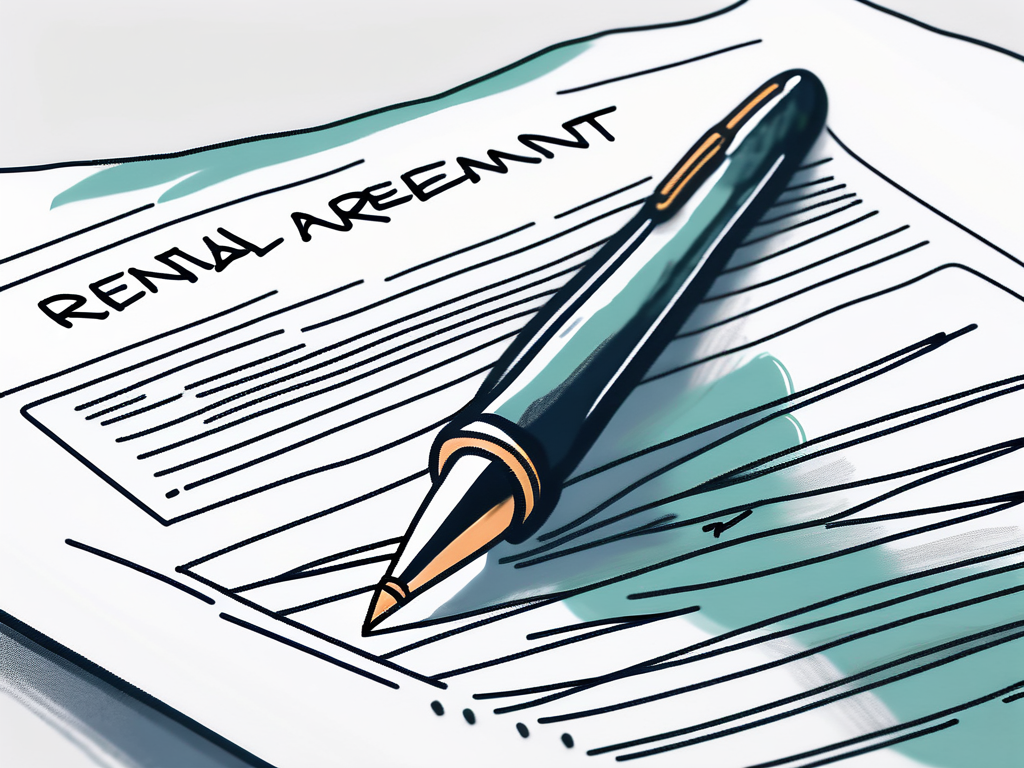In the world of real estate, one of the most important documents both landlords and tenants should be familiar with is the rental agreement lease. This legally binding contract outlines the terms and conditions of a rental property, setting clear expectations for both parties involved. By ensuring that all parties are on the same page, a well-drafted rental agreement lease can help prevent disputes and protect the rights of both the landlord and the tenant.
Understanding the Basics of a Rental Agreement Lease
A rental agreement lease is a contract between the landlord, who owns the property, and the tenant, who wishes to rent the property for a specified period of time. It establishes both the legal rights and obligations of the landlord and the tenant throughout the duration of the lease.
When entering into a rental agreement lease, it is essential for both parties to thoroughly review and understand all the terms and conditions outlined in the document. This includes specifics such as the payment schedule, maintenance responsibilities, and any restrictions on the use of the property. By clarifying these details upfront, the likelihood of disputes arising during the tenancy is significantly reduced.
Definition of a Rental Agreement Lease
A rental agreement lease is a legally binding document that sets out the terms and conditions of a tenancy arrangement between a landlord and a tenant. It typically covers important details such as the duration of the lease, the amount of rent payable, and the responsibilities of both parties.
Moreover, a rental agreement lease may also include provisions regarding security deposits, pet policies, and procedures for lease renewal or termination. These additional clauses serve to protect the interests of both the landlord and the tenant, ensuring a fair and transparent rental relationship.
Importance of a Rental Agreement Lease
A well-crafted rental agreement lease is crucial for a successful and hassle-free tenancy. It ensures that both the landlord and tenant understand their rights and responsibilities, thus minimizing the likelihood of misunderstandings or disagreements. Furthermore, a comprehensive rental agreement lease can provide a framework for resolving potential disputes and protecting the interests of both parties.
By clearly outlining expectations and obligations for both parties, a rental agreement lease promotes a sense of accountability and mutual respect. This document serves as a valuable tool for fostering a positive landlord-tenant relationship based on transparency and communication.
Key Components of a Rental Agreement Lease
Identifying Parties and Property
The first step in creating a rental agreement lease is to clearly identify the parties involved. This includes providing the full legal names of the landlord and the tenant, as well as their contact information. Additionally, the property being rented must be accurately described, including the address and any specific details that distinguish it from other properties.
It is crucial to accurately identify the parties involved in the rental agreement lease to ensure that both the landlord and the tenant are legally bound by its terms. Providing detailed contact information helps in case of any communication or legal issues that may arise during the tenancy. Describing the property in detail not only helps in differentiating it from other properties but also sets clear expectations for both parties regarding the rented space.
Terms of Lease
In this section, the rental period should be clearly defined. This can be a fixed-term lease, usually for a specified number of months or years, or a month-to-month lease that renews automatically unless terminated by either party. Additionally, any conditions related to the renewal or termination of the lease should be outlined.
Defining the terms of the lease is essential for establishing the duration of the tenancy and the obligations of both the landlord and the tenant. A fixed-term lease provides a sense of security for both parties, knowing the exact duration of the rental period. On the other hand, a month-to-month lease offers flexibility but requires clear guidelines for renewal or termination to avoid misunderstandings.
Rent and Security Deposit Details
The rental agreement lease should specify the amount of rent that the tenant is required to pay and the frequency of payment. It should also outline any penalties for late payments or bounced checks. Additionally, if a security deposit is required, details regarding its amount, purpose, and conditions for its return should be clearly stated.
Clearly outlining the rent details, including the amount and payment schedule, helps in avoiding any confusion or disputes regarding financial obligations. Including information about penalties for late payments or bounced checks encourages timely rent payments and ensures financial stability for the landlord. Moreover, providing comprehensive details about the security deposit, such as its purpose and conditions for return, safeguards the interests of both parties and promotes a transparent rental agreement process.
Rights and Responsibilities in a Rental Agreement Lease
When entering into a rental agreement lease, it is crucial for both landlords and tenants to understand their rights and responsibilities to ensure a harmonious living arrangement. The document serves as a legal framework that outlines the expectations and obligations of both parties, setting the foundation for a mutually beneficial relationship.

Landlord’s Rights and Responsibilities
The landlord plays a pivotal role in providing a safe and comfortable living environment for tenants. In addition to maintaining the property and ensuring it meets health and safety standards, landlords are also responsible for addressing any issues that may arise during the tenancy. This includes promptly responding to maintenance requests, conducting necessary repairs, and respecting the tenant’s right to privacy.
Furthermore, landlords have the right to enter the property for inspections or repairs, but they must adhere to state laws regarding notice requirements. By clearly outlining these rights and responsibilities in the rental agreement lease, both parties can avoid misunderstandings and disputes down the line.
Tenant’s Rights and Responsibilities
As tenants, it is important to fulfill certain obligations to maintain the property’s condition and uphold the terms of the lease agreement. This includes paying rent on time, keeping the property clean and well-maintained, and following any community rules or regulations set forth by the landlord or homeowners’ association.
Tenants also have rights that must be respected, such as the right to quiet enjoyment of the property and the right to have necessary repairs completed in a timely manner. Understanding and abiding by these rights and responsibilities is essential for fostering a positive rental experience and ensuring a peaceful coexistence with the landlord.
Common Clauses in a Rental Agreement Lease
Maintenance and Repair Clauses
A well-drafted rental agreement lease should clearly outline the responsibilities of both the landlord and the tenant when it comes to maintenance and repairs. This includes specifying who is responsible for repairs caused by normal wear and tear versus repairs resulting from tenant negligence. It should also establish a process for reporting and addressing maintenance issues in a timely manner.

Additionally, maintenance and repair clauses may include details on the landlord’s obligation to keep the rental property in compliance with health and safety codes. This could involve regular inspections, addressing structural issues promptly, and ensuring that essential utilities like heating and plumbing are in working order at all times.
Pet Policy Clauses
If pets are allowed on the rental property, the rental agreement lease should include specific clauses addressing the pet policy. This may include restrictions on the type and number of pets allowed, requirements for pet deposits or additional rent, and rules related to pet behavior and cleanliness.
Moreover, pet policy clauses could also cover the tenant’s responsibility to repair any damages caused by their pets and the landlord’s right to take action if a pet becomes a nuisance to other tenants or causes property damage beyond normal wear and tear.
Termination and Renewal Clauses
Provisions regarding the termination and renewal of the lease are essential to ensure a smooth transition at the end of the rental period. The rental agreement lease should clearly outline the notice period required for termination or renewal, as well as any penalties for early termination or failure to provide proper notice.
In addition to termination and renewal clauses, it is common for rental agreements to include details on the process for lease extensions or modifications. This could involve procedures for rent adjustments, changes in terms and conditions, and the rights of both parties to negotiate new agreements based on evolving circumstances.
Legal Considerations in a Rental Agreement Lease
Understanding Fair Housing Laws
When creating a rental agreement lease, it is crucial to abide by fair housing laws to prevent discrimination. Landlords must be aware of the protected classes under federal, state, and local laws, and ensure that no provisions within the lease violate the rights of individuals based on race, color, religion, sex, national origin, familial status, or disability.

Dealing with Lease Violations
Even with a carefully crafted rental agreement lease, there may be instances where one party fails to comply with the terms and conditions outlined in the agreement. In such cases, the lease should include provisions that outline the process for addressing lease violations, including written notices, opportunities for remediation, and potential consequences.
Eviction Process and Laws
In extreme cases where a tenant fails to rectify lease violations or breaches the rental agreement, it may be necessary for the landlord to pursue eviction. The rental agreement lease should outline the specific circumstances under which eviction may occur, as well as the process and legal requirements that must be followed. It is essential to familiarize oneself with local laws and regulations surrounding eviction to ensure compliance.
Overall, a well-crafted rental agreement lease is a powerful tool for protecting the rights and interests of both landlords and tenants. By clearly outlining the terms and conditions of the tenancy, it promotes transparency, minimizes misunderstandings, and provides a solid foundation for a successful rental experience. Whether you are a landlord or a tenant, understanding the key components and legal considerations of a rental agreement lease is vital for a stress-free and mutually beneficial rental experience.



